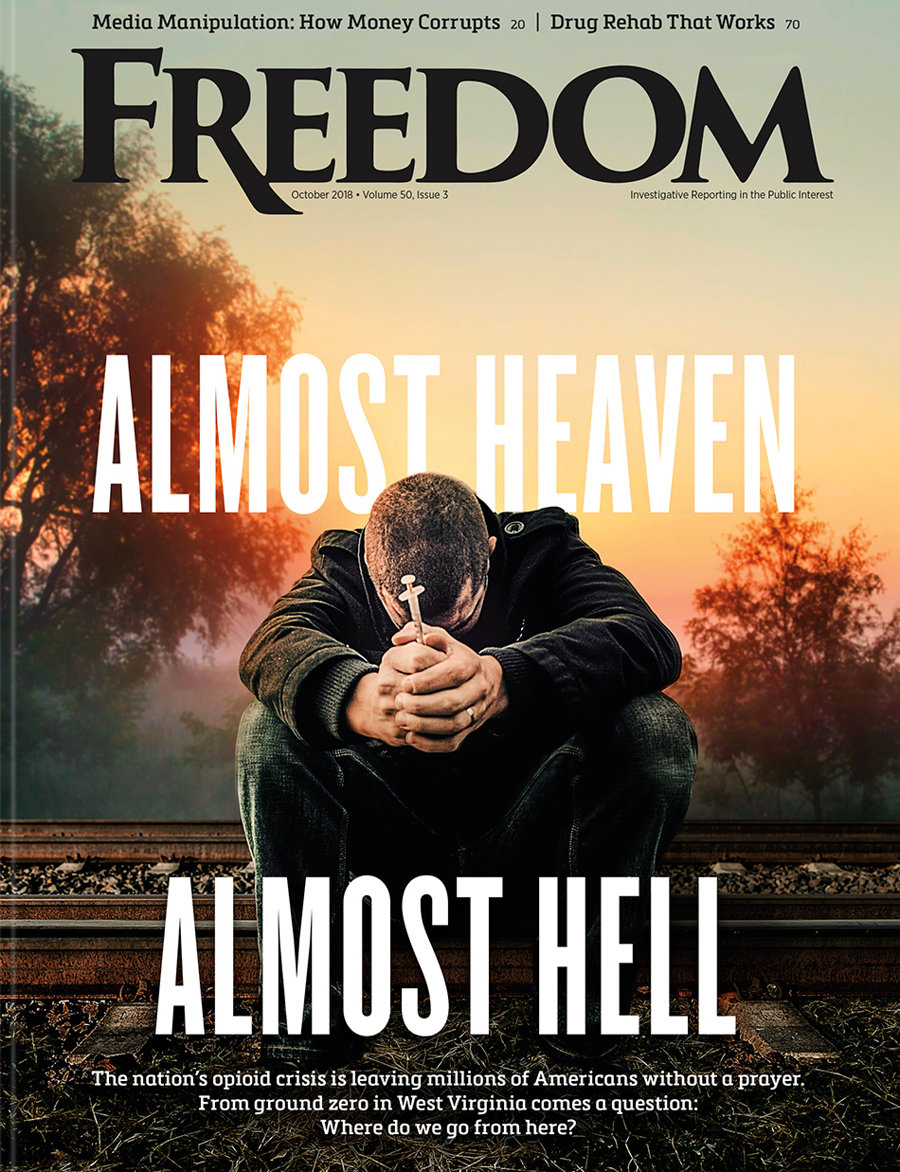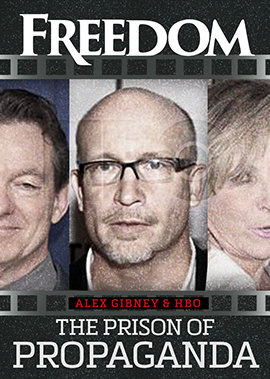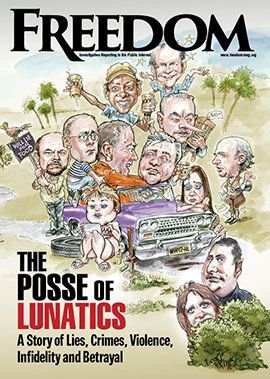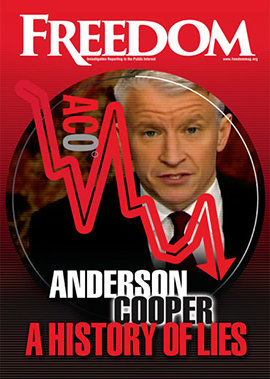And yet, that’s exactly what the American Academy of Child & Adolescent Psychiatry (AACAP) has just advocated. In a 2025 policy statement, the organization urged expanded access to electroconvulsive therapy (ECT) for minors—including children under 13—while opposing “any efforts—legal, legislative and otherwise—to block access to ECT.”
According to the Citizens Commission on Human Rights (CCHR), an international watchdog devoted to exposing human rights violations in the field of mental health, the AACAP’s call to action defies medical ethics, ignores mounting scientific evidence of harm and tramples on the rights of the world’s most vulnerable.
The FDA has never required manufacturers of ECT machines to prove their safety or effectiveness through clinical trials.
“Federal and state lawmakers should move urgently to outlaw the electroshocking of children, classifying it as a form of child abuse,” CCHR International President Jan Eastgate declared.
ECT, also known as electroshock or simply “shock treatment,” forcibly induces a grand mal—an episode marked by unconsciousness and intense, involuntary muscle convulsions—by sending up to 460 volts of electricity through the brain. In a single session, the current surges with 2,300 times more power than the brain naturally uses to function. The goal? A “brief” but convulsive seizure. The cost? Brain damage, blackouts, memory loss and, in some cases, death.
While the World Health Organization and the United Nations Human Rights Office have called for an outright ban on ECT for children, declaring that it “should be prohibited through legislation,” AACAP is instead doubling down.
Evidently, endorsing ECT’s use wasn’t enough—the outfit wants more research involving children under 13, as though the only thing missing from electroshock therapy is better data on how it harms kids.
That “research” is already in hand. Through Freedom of Information Act requests, CCHR uncovered that children as young as five have been subjected to ECT in the US and that the scandal’s “full scope remains hidden due to the lack of national transparency requirements on ECT usage.” In California and Texas, restrictions do exist—barring ECT for those under 12 and 16, respectively—but those laws are the exception, not the rule. Worldwide, countries like Slovenia and Luxembourg have banned the practice altogether.
Even the US Food and Drug Administration (FDA)—not exactly a bastion of aggressive oversight—limits ECT to those 13 and older and only for “severe” cases. Notably, the FDA has never required manufacturers of ECT machines to prove their safety or effectiveness through clinical trials. In fact, the devices have never passed a single controlled safety test in more than 80 years of use.
In 2023, ECT machine manufacturer Somatics LLC became the subject of the first-ever trial over serious personal injury linked to an ECT device. The plaintiff, Jeffrey Thelen, alleged brain damage, severe permanent memory loss and neurocognitive injuries. A jury found Somatics had indeed failed to warn users of the risks associated with its ECT machine.
Other legal precedents are piling up. In June 2024, a federal jury in Phoenix, Arizona, awarded $2.5 million in punitive damages to the family of a teenage girl who suffered abuse at Spring Ridge Academy, a “therapeutic” boarding school that falsely presented itself as a safe and supportive environment. The family successfully sued for fraud and negligent misrepresentation, arguing that they had been misled about the program’s risks. According to CCHR, the same legal responsibility of disclosing known risks should apply to psychiatrists who promote ECT to desperate parents without transparency.
The ECT death rate is 50 times higher than the US murder rate.
Indeed, the medical consequences of ECT are not merely theoretical—they are measurable, devastating and too often permanent. Neuropathologist Bennet Omalu, who was the first person to identify and publish evidence of a certain form of brain damage in NFL players, warned: “The patient who receives ECT therapy will manifest permanent and cumulative brain injury, which can be progressive over time and result in chronic encephalopathies and brain degeneration.”
Memory loss, too, is not anecdotal—it’s endemic. Even Dr. Harold Sackeim, a loud proponent of ECT and a consultant for device manufacturers, admits that amnesia “is the most critical adverse cognitive effect of ECT.” In a 2014 paper, he wrote: “We do a gross disservice to our patients, the public and ourselves when we deny the existence of an adverse effect that has been documented in various ways for decades and is a central concern of our patients.”
And yet, the disservice continues. A recent study published by the University of East London and reported by Freedom Magazine in October 2024, found that up to 1 in 15 ECT victims experience life-threatening cardiac events. Of 8,148 people electroshocked in Texas, seven died within two days. Eight more died in the following 12. And in Sweden, 123 people out of 20,225 who were electroshocked met their end within 30 days—40 percent of them from cardiovascular causes.

As CCHR bluntly reminds us in its essential “ECT Quick Facts,” a document that deserves to be stapled to every shock device in circulation: “The ECT death rate is 50 times higher than the US murder rate.”
The reality for children is especially disturbing. John Read, professor of psychology at the University of East London, found that 69 percent of children and adolescents who received ECT suffered memory deficits. “To do so [deliver ECT] five or six times in a few weeks is almost bound to cause brain damage,” he wrote in a report, adding that “the average age of these youngsters” was just 15.5 years, and most—62 percent—were girls.
Nor are parents fully informed. “The ethical principle of informed consent is being routinely breached by ECT psychiatrists,” Read concluded. Emily Shipwright, a British researcher at the School of Psychology, University of Plymouth, who interviewed ECT survivors to examine the long-term adverse effects of their brain zapping, reported that they felt “misunderstood, misinformed and silenced by the mental healthcare system.”
At the center of this electroshock empire lies a well-funded, well-connected industry powered by federal grants, insurance payouts and revolving doors. Take Dr. Sackeim, for example. His work promoting ECT has been underwritten by $9 million in public funds from Dr. Matthew Rudorfer, a government official at the National Institute of Mental Health. Sackeim has also served as a consultant for ECT machine manufacturers, earning at least $70,000 in “reimbursement and honoraria.”
Completing the picture is Jeffrey Shuren, former director of the FDA’s device branch, whose wife, Allison, represents the same medical device makers he was tasked with regulating—including ECT “research” sponsors. While the FDA was supposed to demand clinical trials, Shuren’s office instead proposed downgrading the devices from “high-risk” to “low-risk,” effectively absolving manufacturers of any obligation to prove safety.
This unholy alliance of industry, psychiatry and federal regulators has helped sustain a $5.4 billion industry built on brain damage and false hope. And when challenged—by whistleblowers, survivors or groups like CCHR—it fights back with lobbyists and public relations campaigns.
But the façade is beginning to fracture. Thanks to advocacy from CCHR and others, the House Appropriations Committee in July 2024 eliminated a budget loophole that would have allowed electroshock to be used as behavioral punishment. West Australia has criminalized ECT on minors under 14. Seven US states require a court order to administer ECT to minors, while nine impose absolute age-based bans, setting a legislative precedent that others may soon follow.
As the late Norman Shealy, a neurosurgeon and pioneer of holistic medicine, once said: “ECT should have been banned 50 years ago.” And if AACAP’s current push reveals anything, it’s that psychiatry’s oldest and ugliest tool of control is far from dead. But it is dying—and not a moment too soon.
Because when the history of psychiatry’s darkest practices is finally written, the image that will remain won’t be of healing or hope—but of a child, strapped to a gurney, as the switch is flipped.
And the question future generations will ask is not how many volts were used—but how in God’s name we ever allowed the torture of children, and called it “therapy.”






















